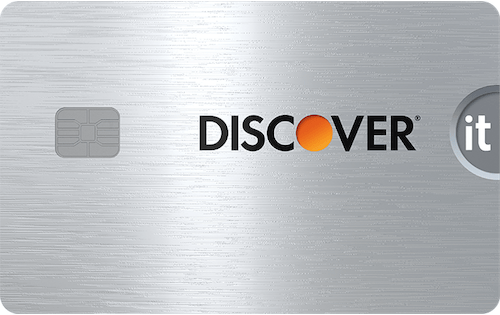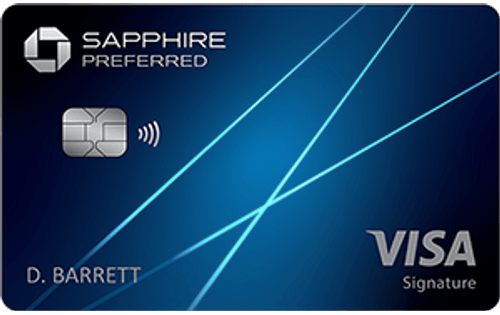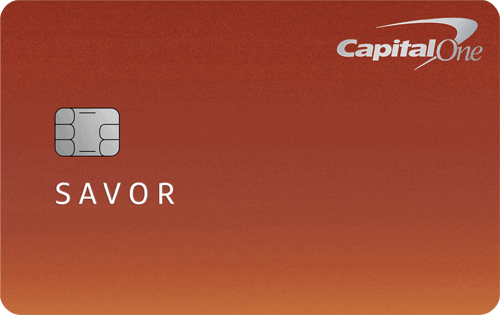Ashley Wade, WalletHub Analyst
@shlee
The difference between a foreign transaction fee and a currency conversion fee is that a foreign transaction fee is charged by a credit card issuer, while a currency conversion fee is charged by a card network or a merchant. Both apply to purchases made from merchants outside of the U.S.
If your card charges a foreign transaction fee, the card network’s currency conversion fee is likely rolled into that foreign transaction fee. For example, a 3% foreign transaction fee might be comprised of a 1% currency conversion fee from the card network and a 2% foreign fee charged by your card’s issuer. Issuers that don’t charge foreign transaction fees may absorb the network’s fee, effectively paying it for you.
Foreign Transaction Fees vs. Currency Conversion Fees
| Charge | Foreign Transaction Fee | Currency Conversion Fee | Dynamic Currency Conversion Fee |
| Charged By | Credit card issuer | Credit card network | Merchant |
| When It Applies | Any transaction with a foreign merchant, including online transactions | Transactions made in a foreign currency | When a foreign merchant adds it to the transaction |
| Typical Cost | 1.57% on average | Around 1-2% | Up to 7% |
Keep in mind that foreign transaction fees apply not only when you use your credit card in another country, but also when you buy from a foreign business online. Fortunately, many cards don’t charge foreign transaction fees, so they’re easy to avoid.
If you travel abroad frequently, you should try to find a card like the Chase Sapphire Preferred® Card that doesn’t charge a foreign transaction fee but does offer great travel rewards. In addition, make sure to watch out for dynamic currency conversion.
How to Avoid Dynamic Currency Conversion
While your foreign transaction fee is set by your card issuer and your card network has its own currency exchange rate, dynamic currency conversion is offered by the merchant when you’re making a purchase, and the merchant sets the conversion rate. Card network guidelines require the merchant to ask you before engaging in so-called dynamic currency conversion, but unfortunately they don’t always follow this rule.
If you are asked by a foreign merchant about converting your purchase to U.S. dollars, and you accept the offer, they will charge you an expensive currency conversion fee, up to 7% higher than the going conversion rate. If you decline the merchant’s currency conversion offer and simply use your credit card to pay, then you’ll pay the exchange rate set by your credit card network instead, which is typically the cheapest option available.
When buying from a merchant in a different country, you should check if your receipt is in U.S. dollars and request one in the local currency if it is. This can save you up to 7% on your purchase by letting you use your card’s exchange rate rather than the inflated rate charged by the merchant.





